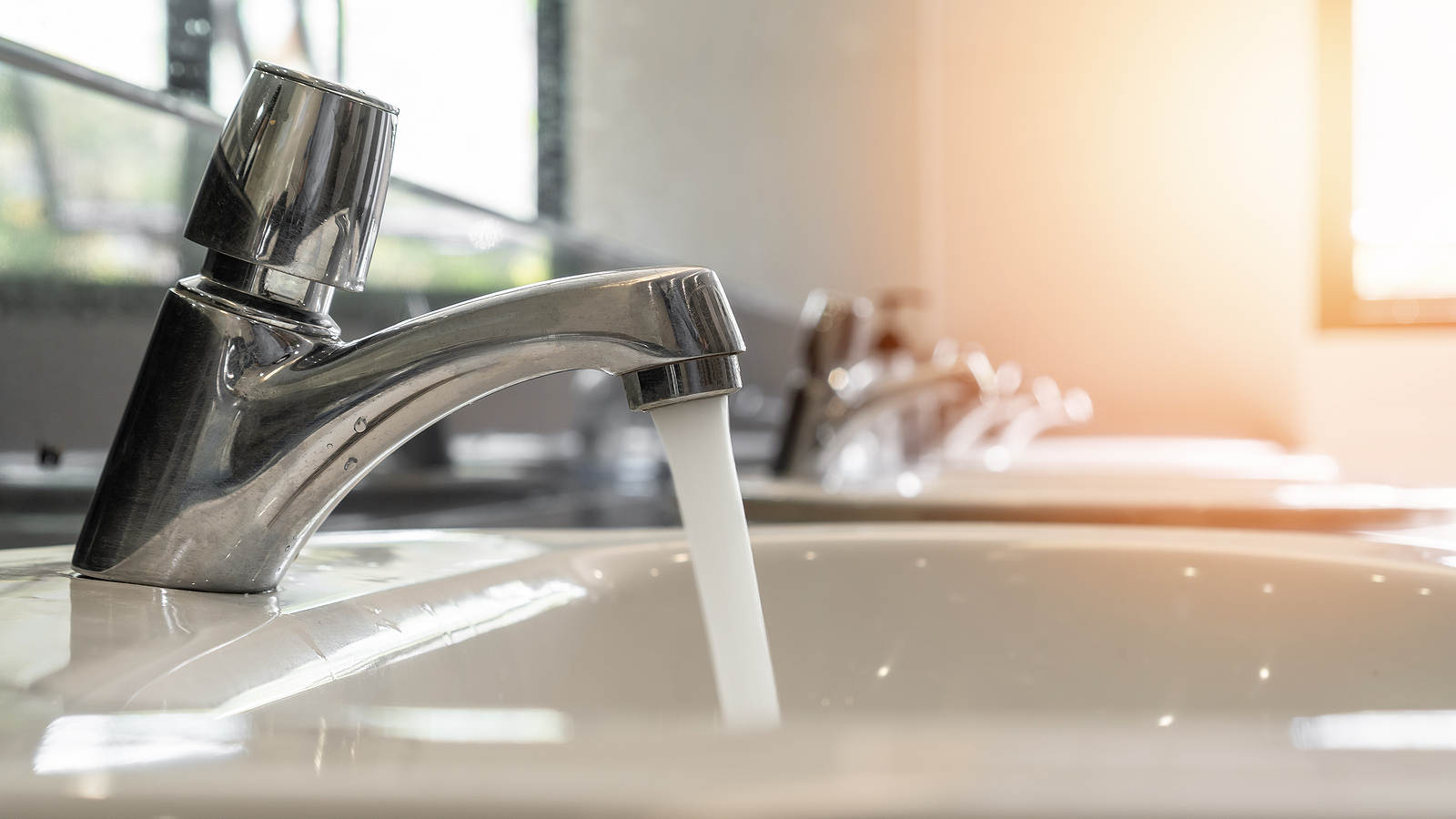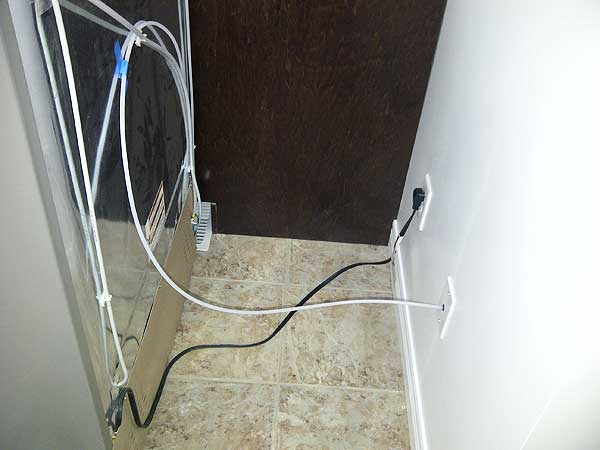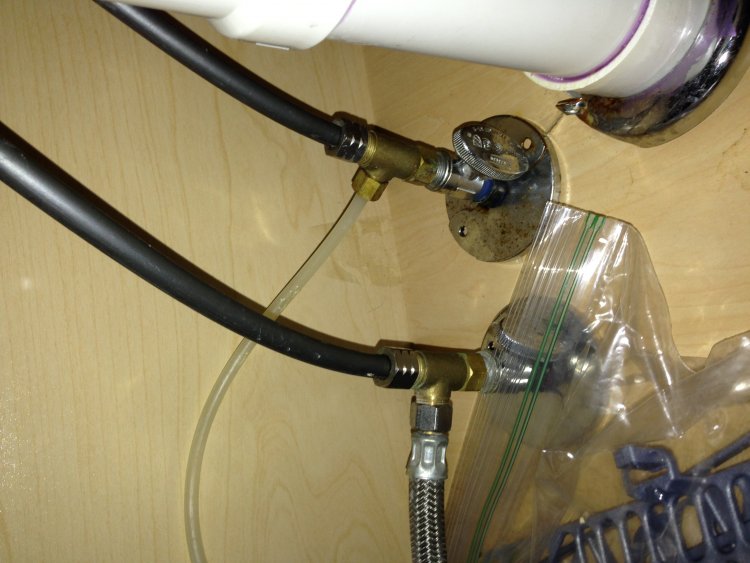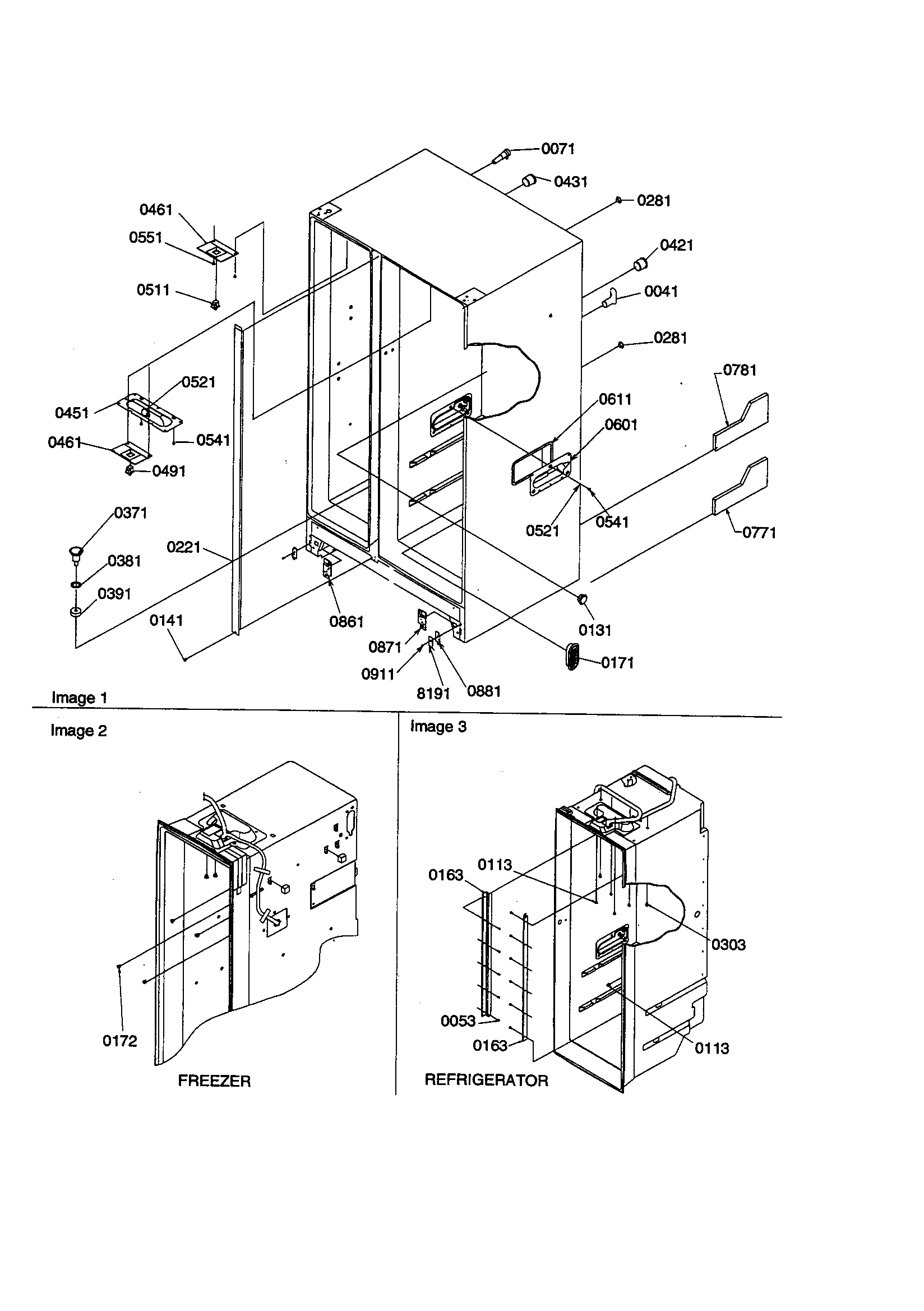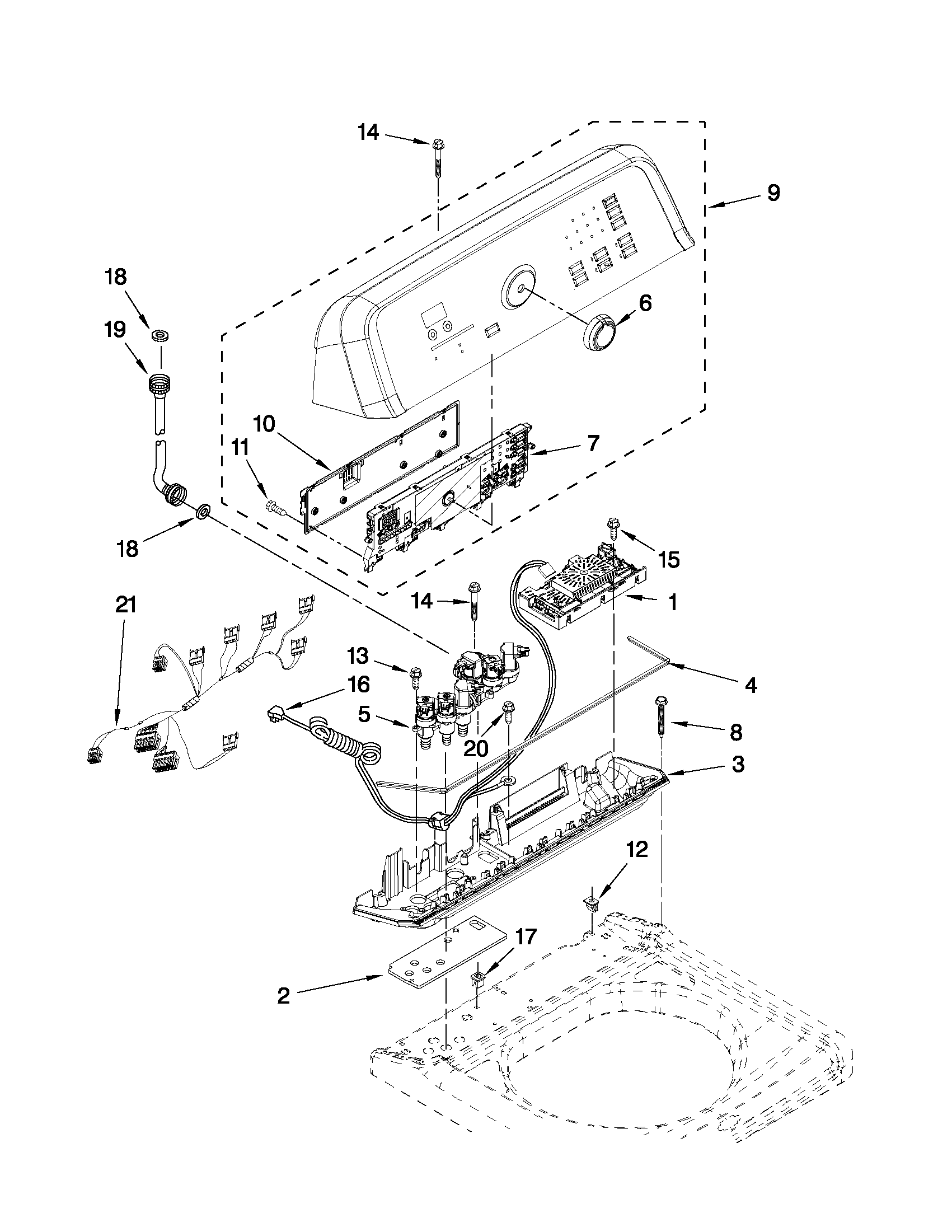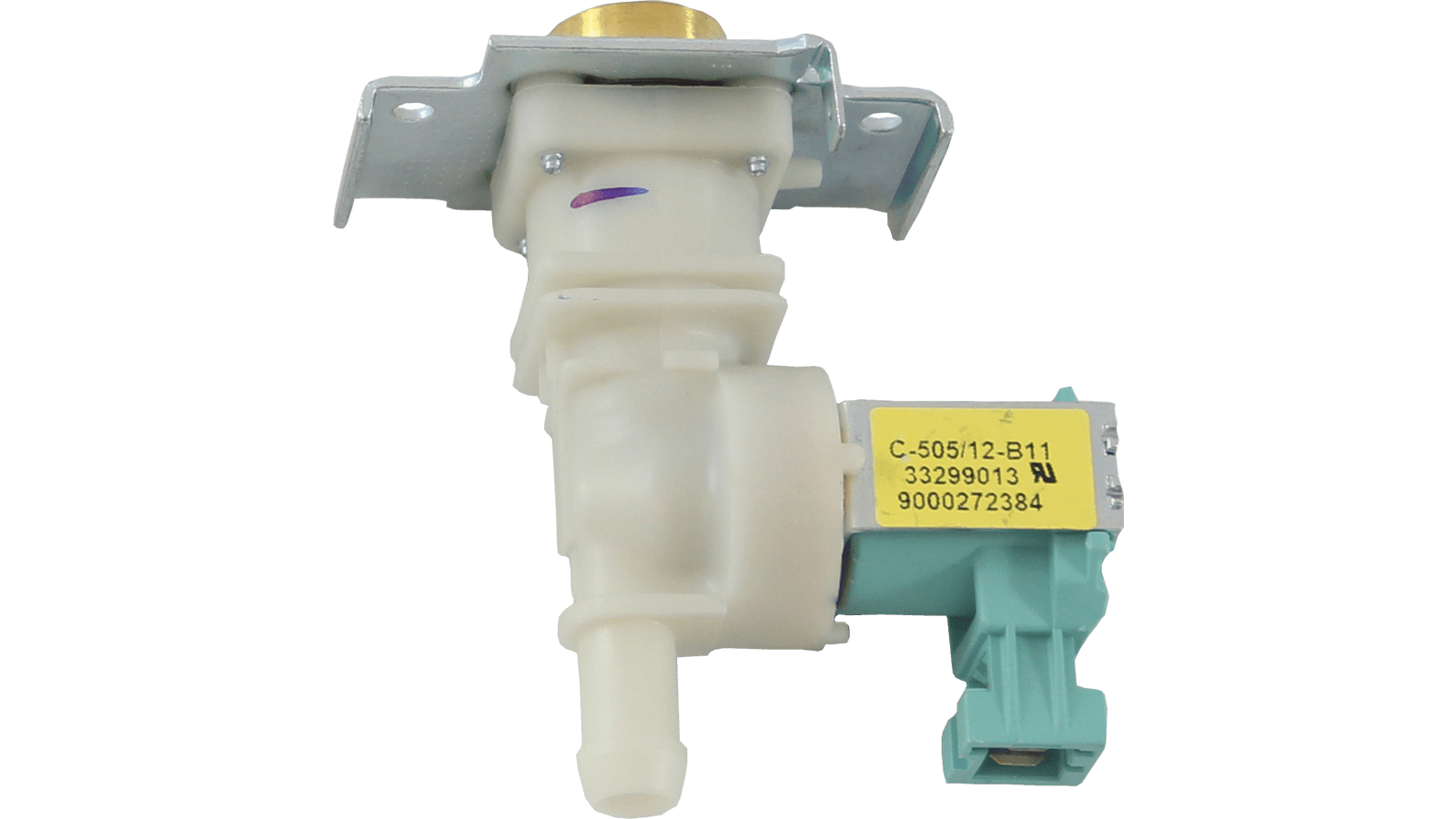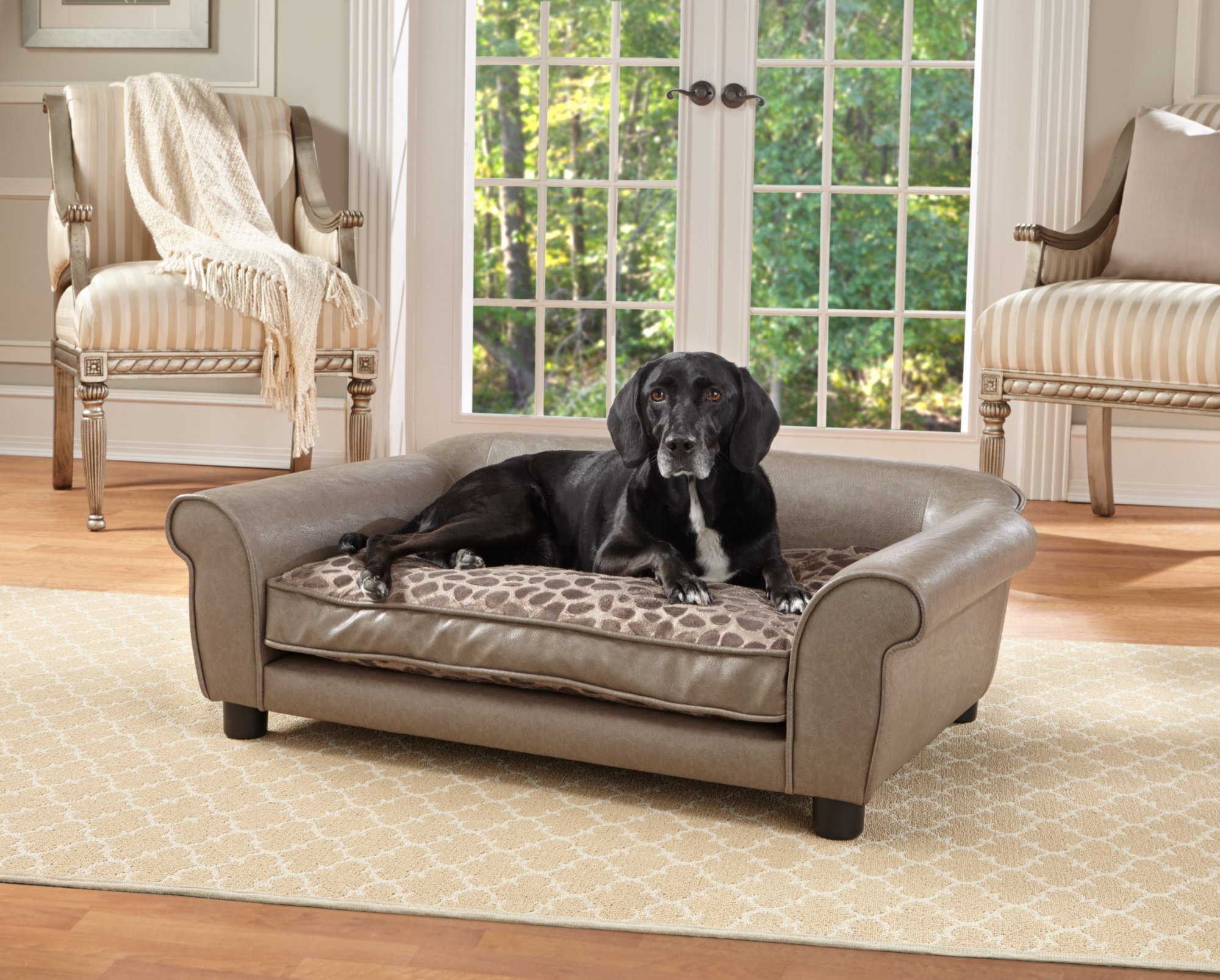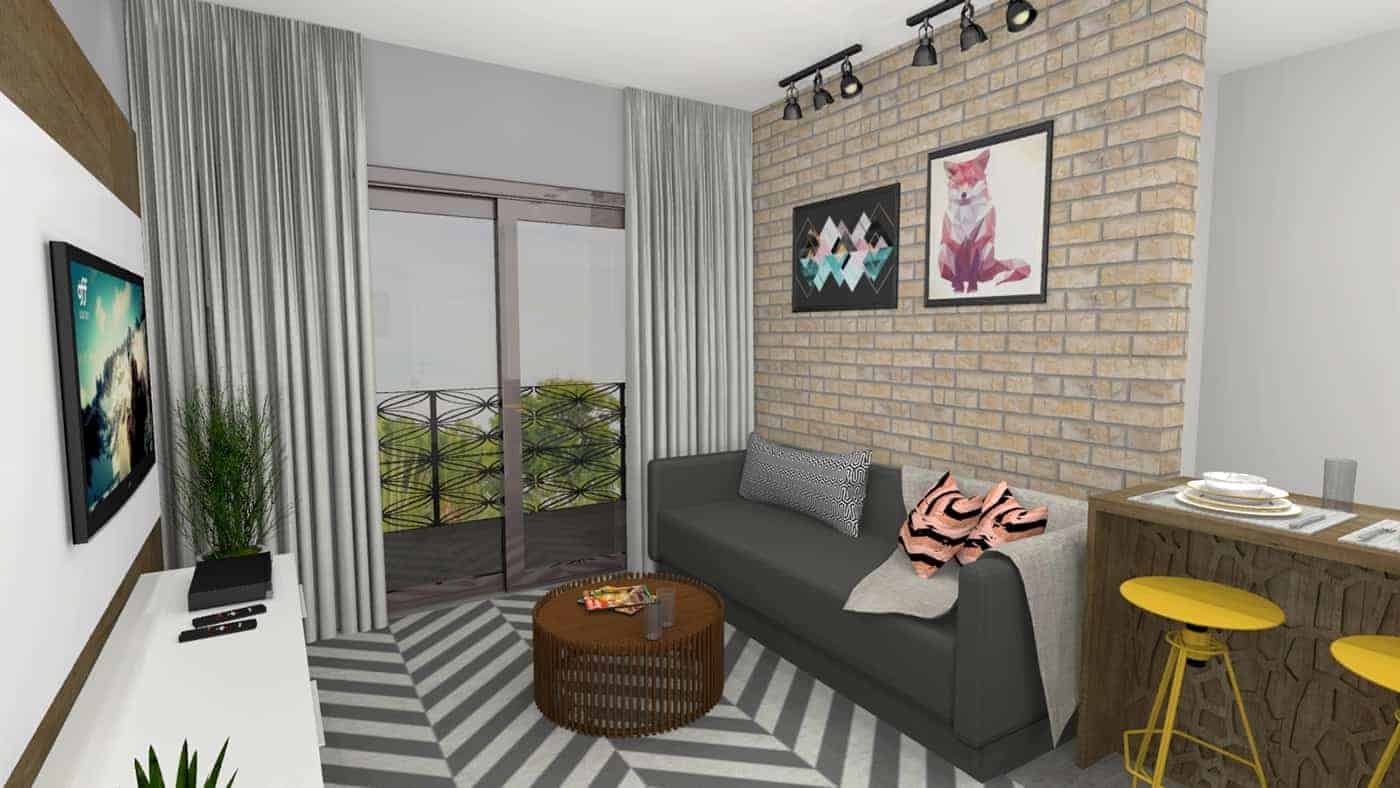One of the most common reasons for low water pressure in the kitchen sink and fridge is a closed or partially closed water supply valve. This valve controls the flow of water to your kitchen and fridge, and if it's not fully open, it can restrict the water pressure. Check the valve and make sure it is fully open to allow maximum water flow.1. Check the water supply valve
The aerator is the small mesh screen at the end of your faucet that helps to regulate the water flow. Over time, minerals and debris can build up in the aerator, causing it to become clogged and reduce the water pressure. To fix this, unscrew the aerator from the end of the faucet and clean it thoroughly with a brush and some vinegar. Then, reattach it and test the water pressure.2. Clean the aerator
If your kitchen sink and fridge are both experiencing low water pressure, there may be a clog in the pipes connecting them. This can happen due to mineral buildup, debris, or even small pieces of food getting stuck. You can try using a plunger to clear the clog, or call a plumber to use professional tools to clear the pipes.3. Check for clogs in the pipes
If your fridge has a built-in water dispenser or ice maker, it may have a water filter that needs to be replaced regularly. If the filter is clogged or dirty, it can restrict the water flow and cause low pressure. Check your fridge's manual to see how often the filter should be replaced, and make sure to do so regularly to maintain good water pressure.4. Replace the water filter
Even a small leak in the pipes can significantly reduce the water pressure in your kitchen sink and fridge. Check for any visible leaks under the sink or behind the fridge, and if you notice any, call a plumber to fix them. Not only will this improve your water pressure, but it will also save you money on your water bill.5. Check for leaks in the pipes
If your home has a water pressure regulator, it may need to be adjusted to increase the water pressure. This is a small valve usually located near the main water supply line. To increase the pressure, turn the valve clockwise. However, be careful not to turn it too high, as it can cause damage to your pipes and appliances.6. Adjust the water pressure regulator
To determine if the low water pressure is specific to your kitchen sink and fridge, or a larger issue in your home, check the water pressure in other faucets. If the pressure is low throughout the house, the problem may be with the main water supply or the municipal water system. In this case, you may need to contact your water company for assistance.7. Check the water pressure in other faucets
If your fridge has a water dispenser or ice maker, it will have a water supply line that connects to the main water supply. Check this line for any kinks, bends, or damage that could be affecting the water flow. If you notice any issues, replace the line or call a plumber for help.8. Inspect the water supply line to the fridge
The water inlet valve is responsible for controlling the flow of water into your fridge's water dispenser and ice maker. If it is malfunctioning or clogged, it can cause low water pressure. Consult your fridge's manual or call a professional to check and replace the inlet valve if necessary.9. Check the water inlet valve on the fridge
If you've tried all of the above solutions and are still experiencing low water pressure in your kitchen sink and fridge, it may be time to call a plumber. They will have the expertise and tools to diagnose and fix the problem, whether it's a hidden clog, a faulty valve, or a more significant issue with the water supply. In conclusion, low water pressure in the kitchen sink and fridge can be a frustrating problem, but it is usually easy to fix. By checking the water supply valve, cleaning the aerator, and checking for clogs, leaks, and other issues, you can often improve the water pressure. However, if these solutions don't work, don't hesitate to call a professional for assistance. With the right steps, you can enjoy strong and consistent water pressure in your kitchen and fridge once again.10. Call a plumber for professional help
Why Low Water Pressure in Your Kitchen Sink and Fridge is a Common Problem in Modern House Design

The Importance of Water Pressure in Your Home
 Water pressure is an essential aspect of any household, as it directly affects the functionality of various appliances and fixtures. This is especially true in the kitchen, where we rely on water for cooking, cleaning, and drinking. However, many homeowners struggle with low water pressure in their kitchen sink and fridge, which can be frustrating and inconvenient. Understanding the root cause of this problem can help you find a solution and improve your overall house design.
Water pressure is an essential aspect of any household, as it directly affects the functionality of various appliances and fixtures. This is especially true in the kitchen, where we rely on water for cooking, cleaning, and drinking. However, many homeowners struggle with low water pressure in their kitchen sink and fridge, which can be frustrating and inconvenient. Understanding the root cause of this problem can help you find a solution and improve your overall house design.
The Causes of Low Water Pressure in Your Kitchen
 One of the main reasons for low water pressure in the kitchen is the design of the plumbing system. In modern house designs, plumbing pipes are often installed in tight spaces or run through walls and floors, which can restrict water flow. Additionally, the use of smaller pipes to save space and reduce costs can also contribute to low water pressure. In some cases, clogged or damaged pipes can also cause a decrease in water pressure, as can the distance between the main water supply and the kitchen.
One of the main reasons for low water pressure in the kitchen is the design of the plumbing system. In modern house designs, plumbing pipes are often installed in tight spaces or run through walls and floors, which can restrict water flow. Additionally, the use of smaller pipes to save space and reduce costs can also contribute to low water pressure. In some cases, clogged or damaged pipes can also cause a decrease in water pressure, as can the distance between the main water supply and the kitchen.
The Impact on Your Kitchen Fixtures and Appliances
 Low water pressure can have a significant impact on the functionality and lifespan of your kitchen fixtures and appliances. For example, a low-flow faucet can take longer to fill a pot or wash dishes, and a low-pressure refrigerator water dispenser may struggle to produce enough water for a glass or pitcher. Over time, this can also lead to wear and tear on these fixtures and appliances, causing them to break down more frequently and requiring costly repairs or replacements.
Low water pressure can have a significant impact on the functionality and lifespan of your kitchen fixtures and appliances. For example, a low-flow faucet can take longer to fill a pot or wash dishes, and a low-pressure refrigerator water dispenser may struggle to produce enough water for a glass or pitcher. Over time, this can also lead to wear and tear on these fixtures and appliances, causing them to break down more frequently and requiring costly repairs or replacements.
How to Solve the Low Water Pressure Problem
 Fortunately, there are several solutions to improve water pressure in your kitchen sink and fridge. One option is to install a pressure booster pump, which can increase the water pressure throughout your home. Another solution is to replace or upgrade your plumbing pipes to larger ones, which can allow for better water flow. In some cases, simply cleaning or repairing clogged or damaged pipes can also improve water pressure. Consulting with a professional plumber can help you determine the best course of action for your specific situation.
In conclusion, low water pressure in your kitchen sink and fridge is a common problem in modern house design, but it is not one that you have to live with. By understanding the causes of this issue and exploring potential solutions, you can improve your water pressure and enjoy a more functional and efficient kitchen. Don't hesitate to seek professional help if you are struggling with low water pressure, as it can greatly impact your daily life and the overall design of your home.
Fortunately, there are several solutions to improve water pressure in your kitchen sink and fridge. One option is to install a pressure booster pump, which can increase the water pressure throughout your home. Another solution is to replace or upgrade your plumbing pipes to larger ones, which can allow for better water flow. In some cases, simply cleaning or repairing clogged or damaged pipes can also improve water pressure. Consulting with a professional plumber can help you determine the best course of action for your specific situation.
In conclusion, low water pressure in your kitchen sink and fridge is a common problem in modern house design, but it is not one that you have to live with. By understanding the causes of this issue and exploring potential solutions, you can improve your water pressure and enjoy a more functional and efficient kitchen. Don't hesitate to seek professional help if you are struggling with low water pressure, as it can greatly impact your daily life and the overall design of your home.

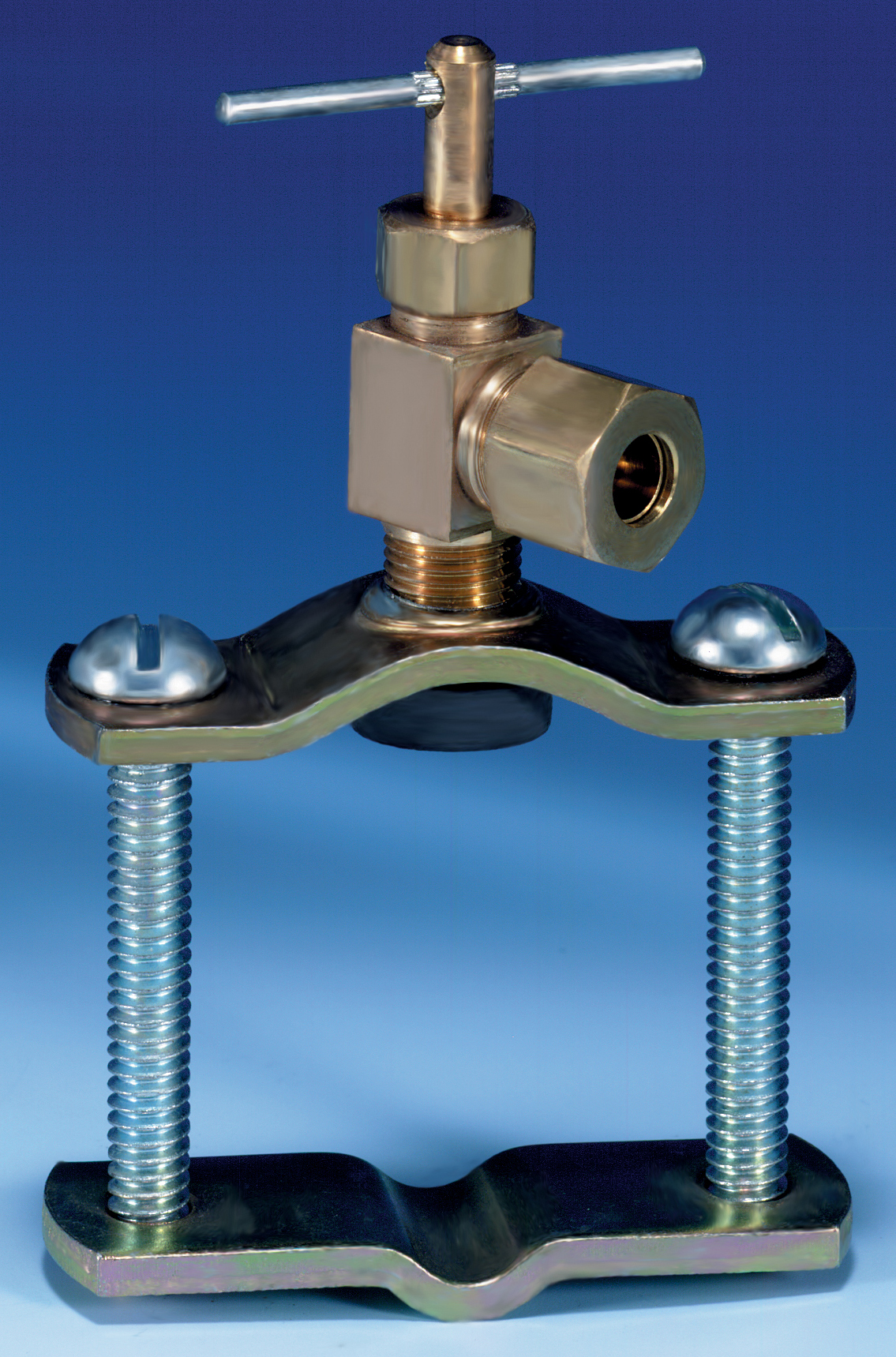



:max_bytes(150000):strip_icc()/GettyImages-1057621140-78ab2e946841421d9a7efeebe02935d2.jpg)
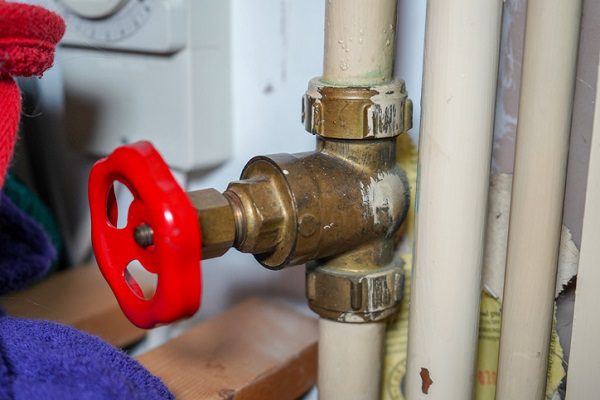







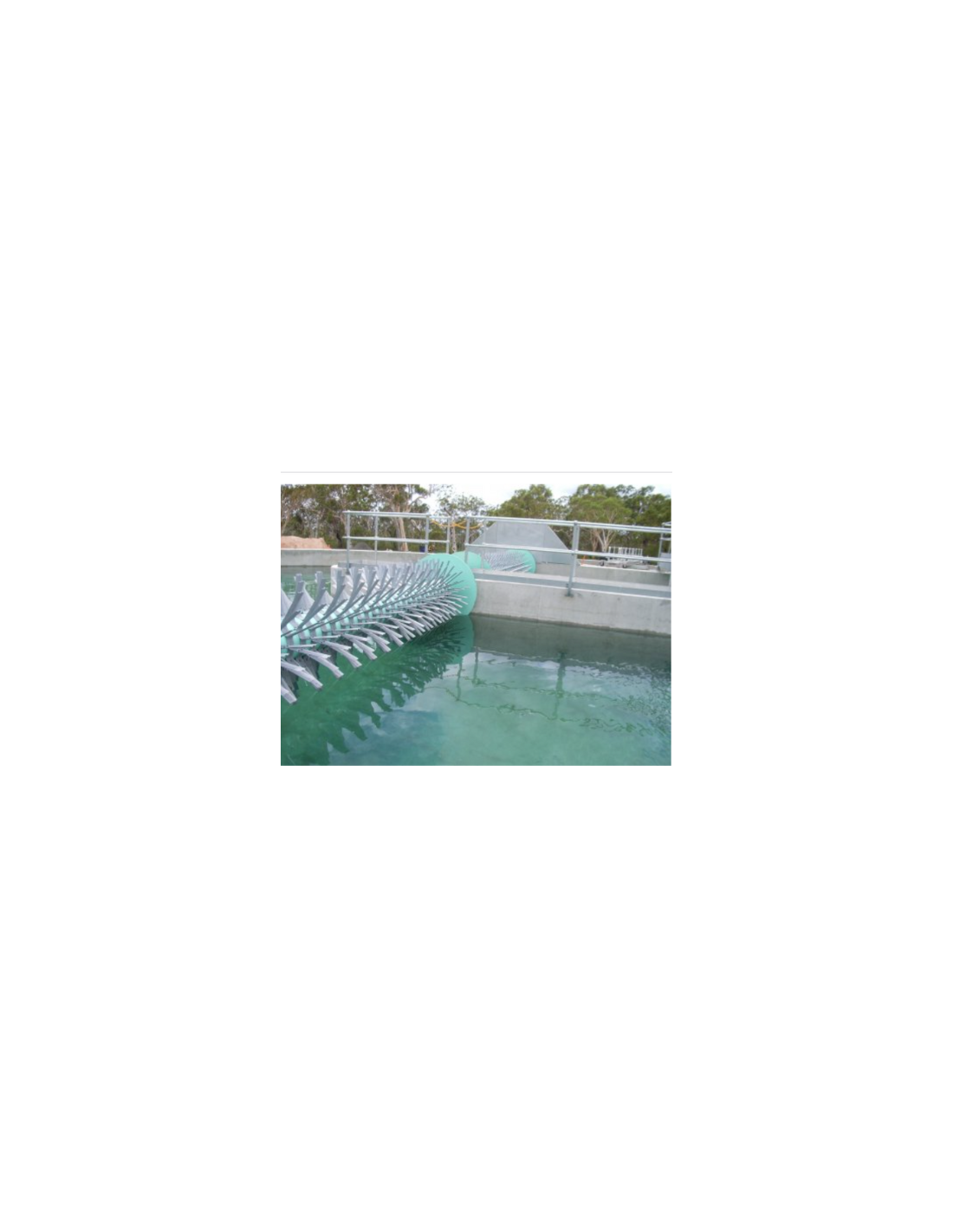


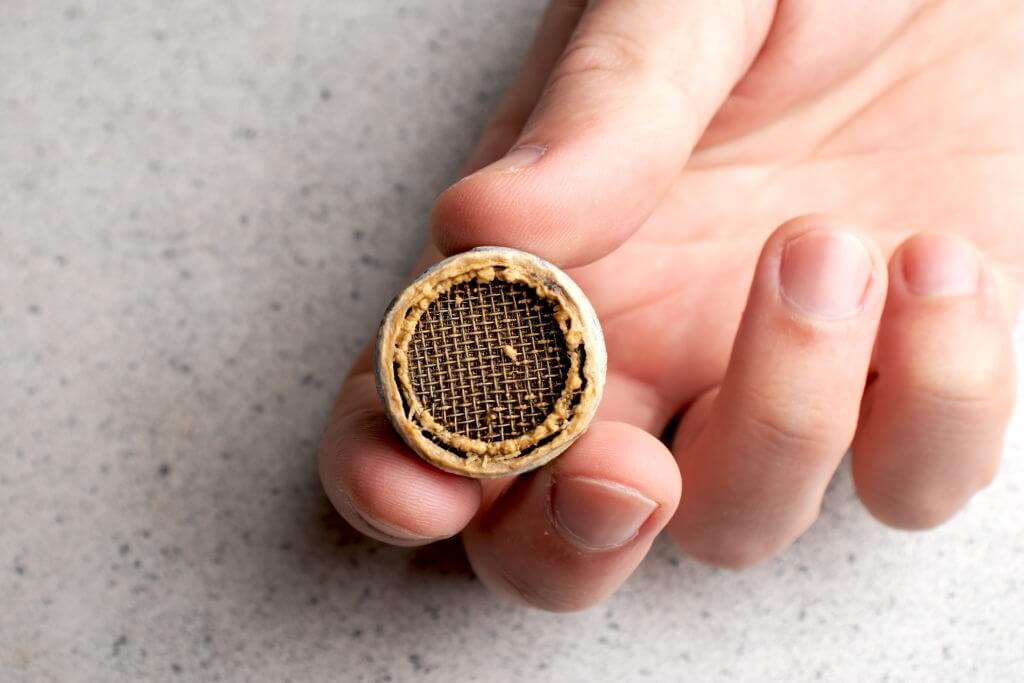

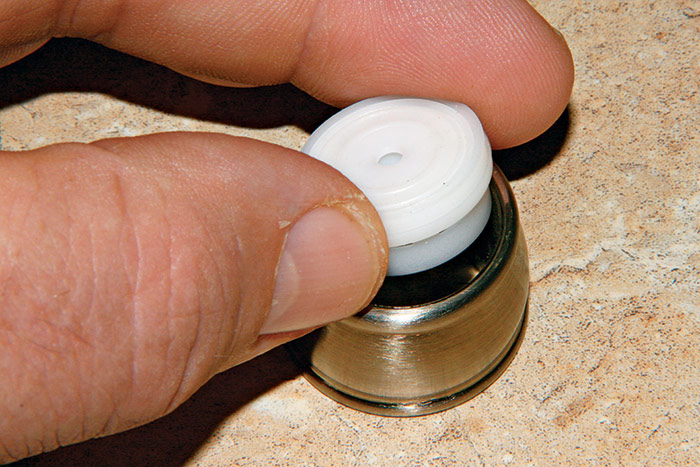
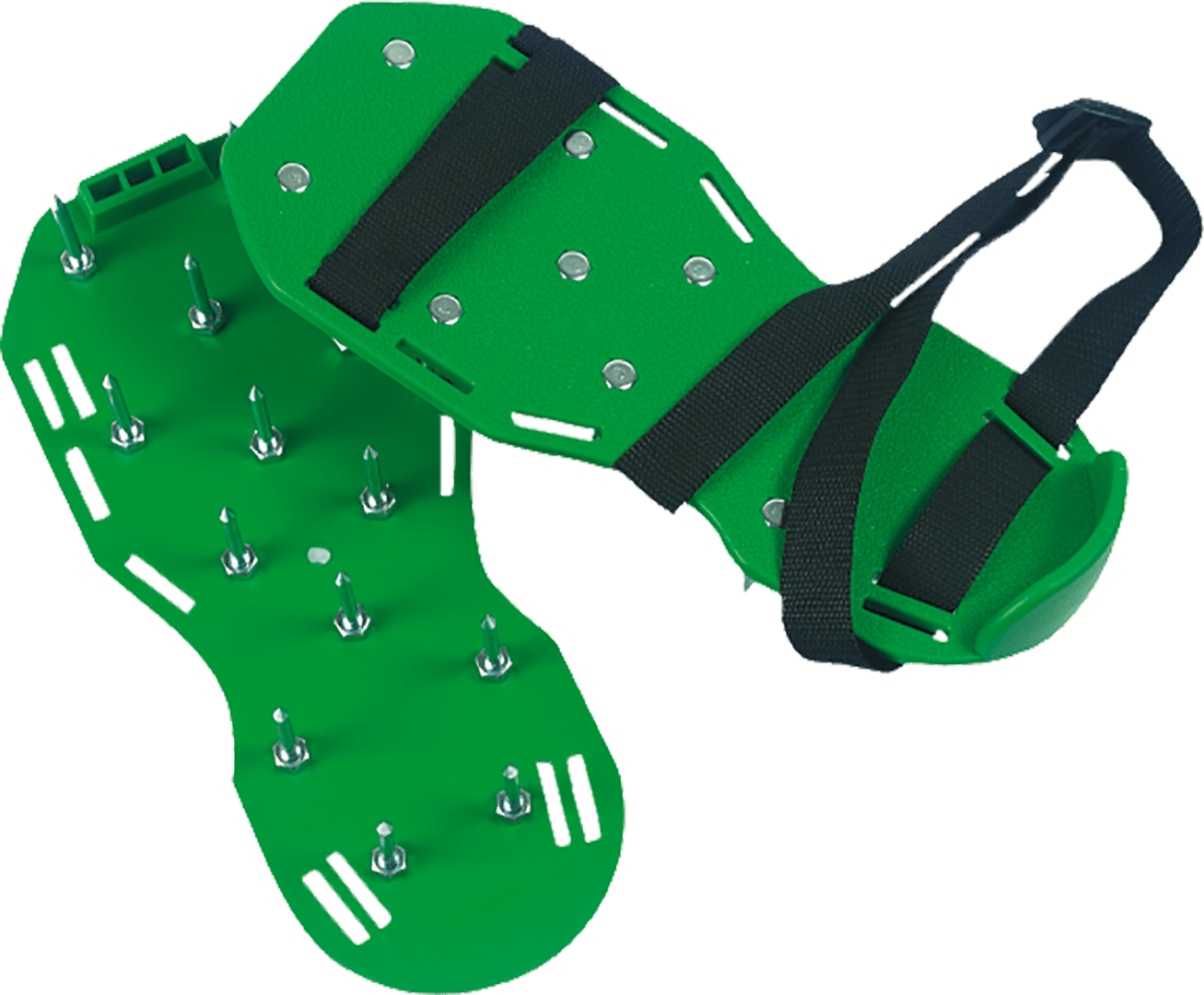
:max_bytes(150000):strip_icc()/clearing-a-blocked-faucet-aerator-2718807-07-b5a90554991f4bb69efb45a472df7f23.jpg)
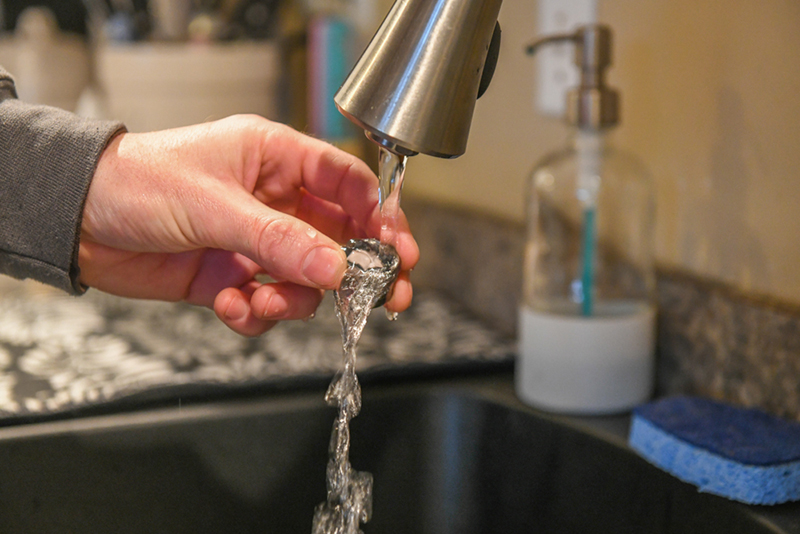








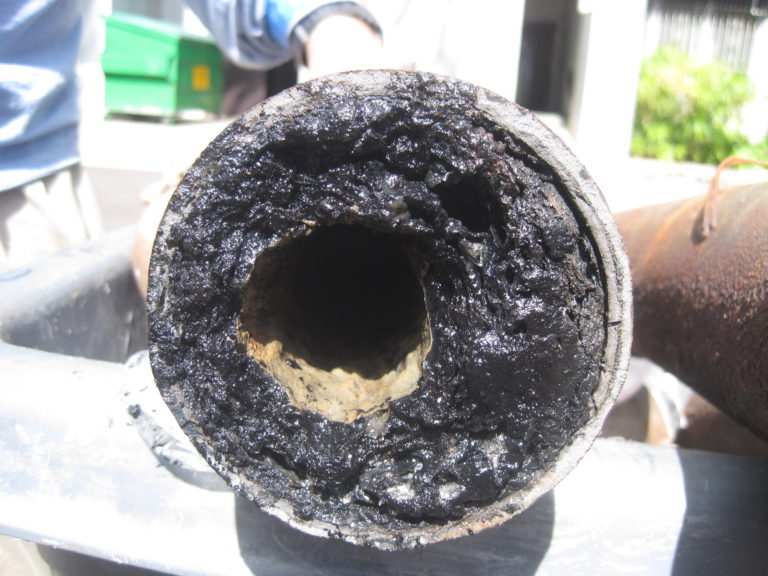



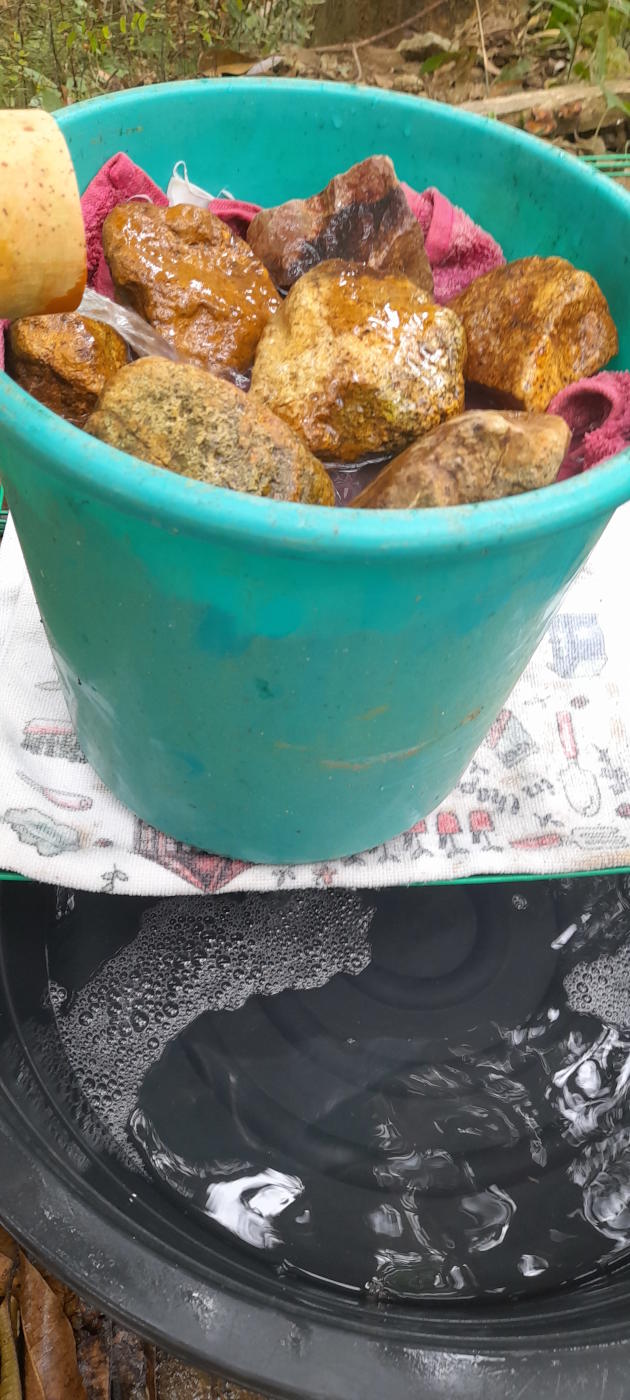

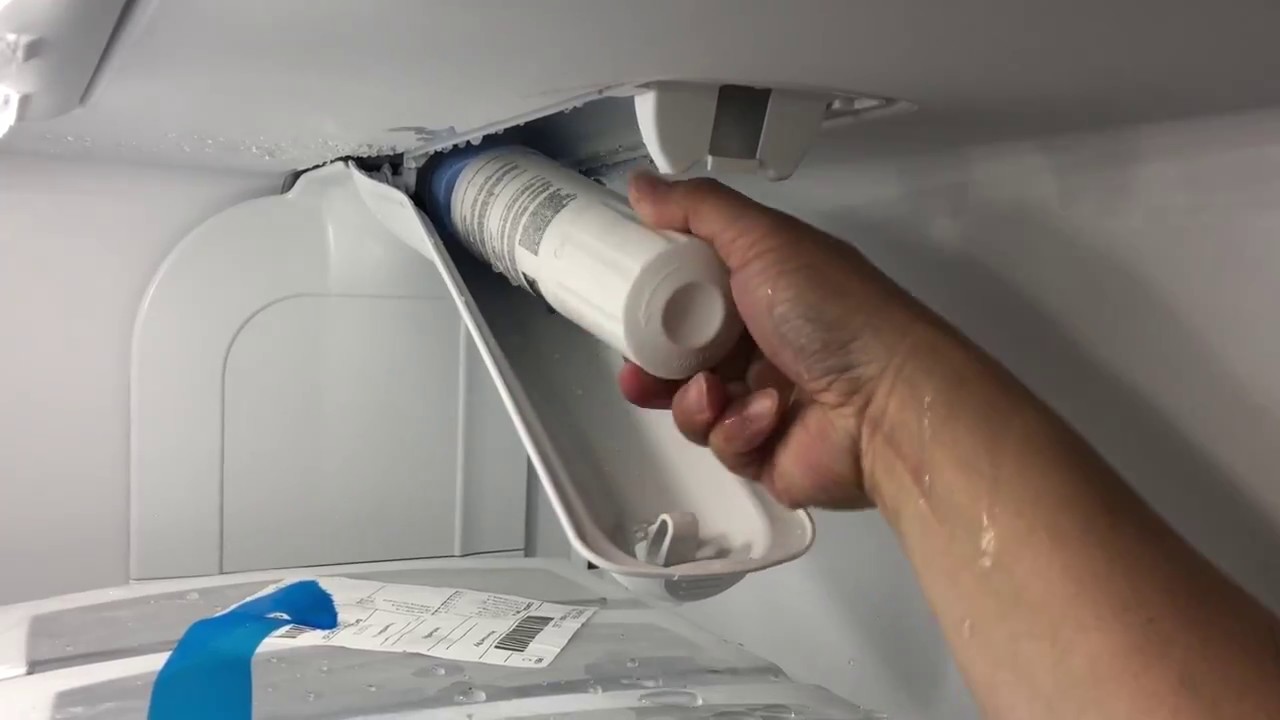

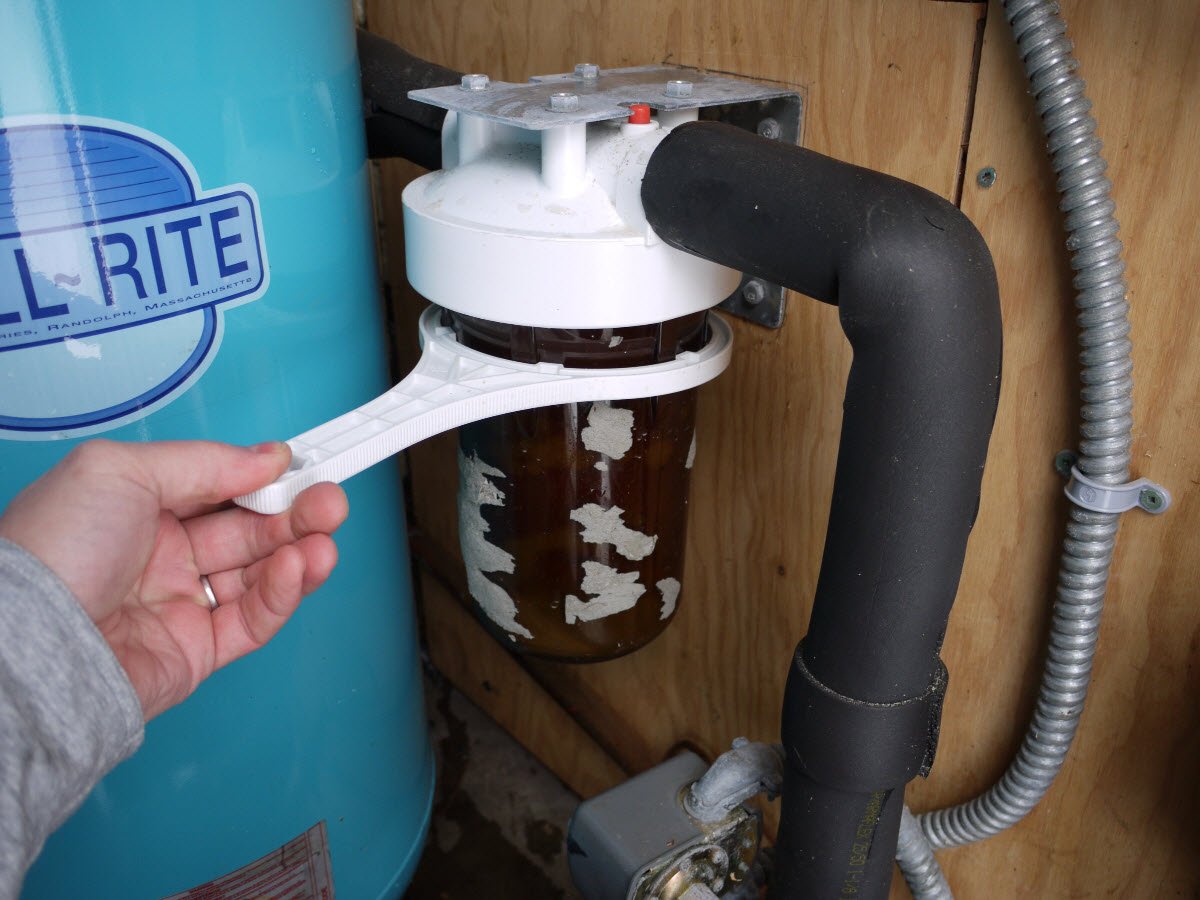
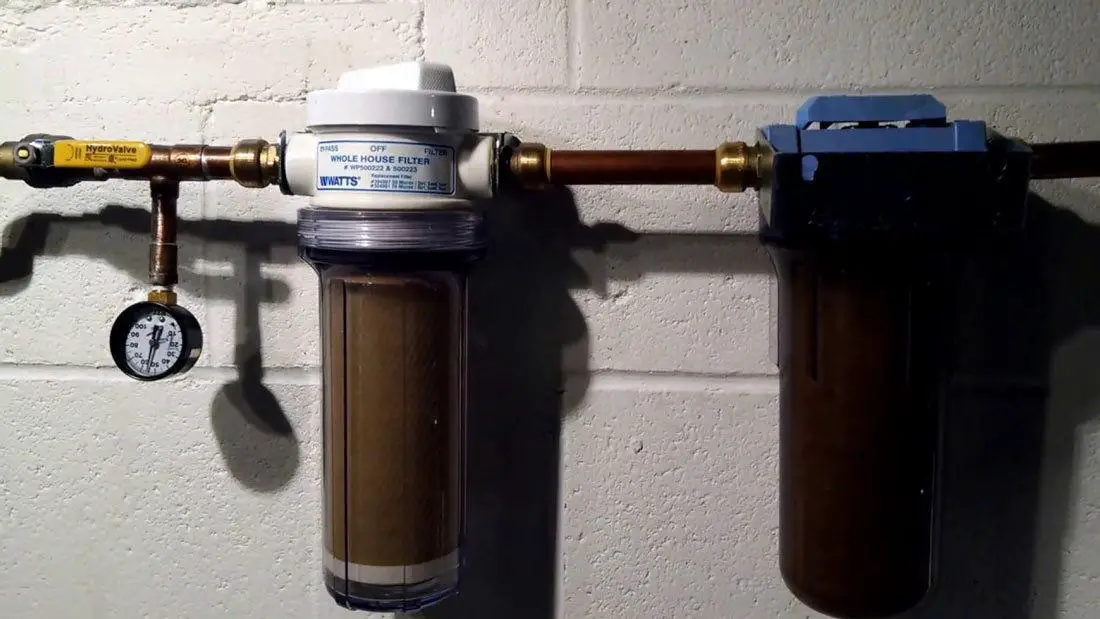



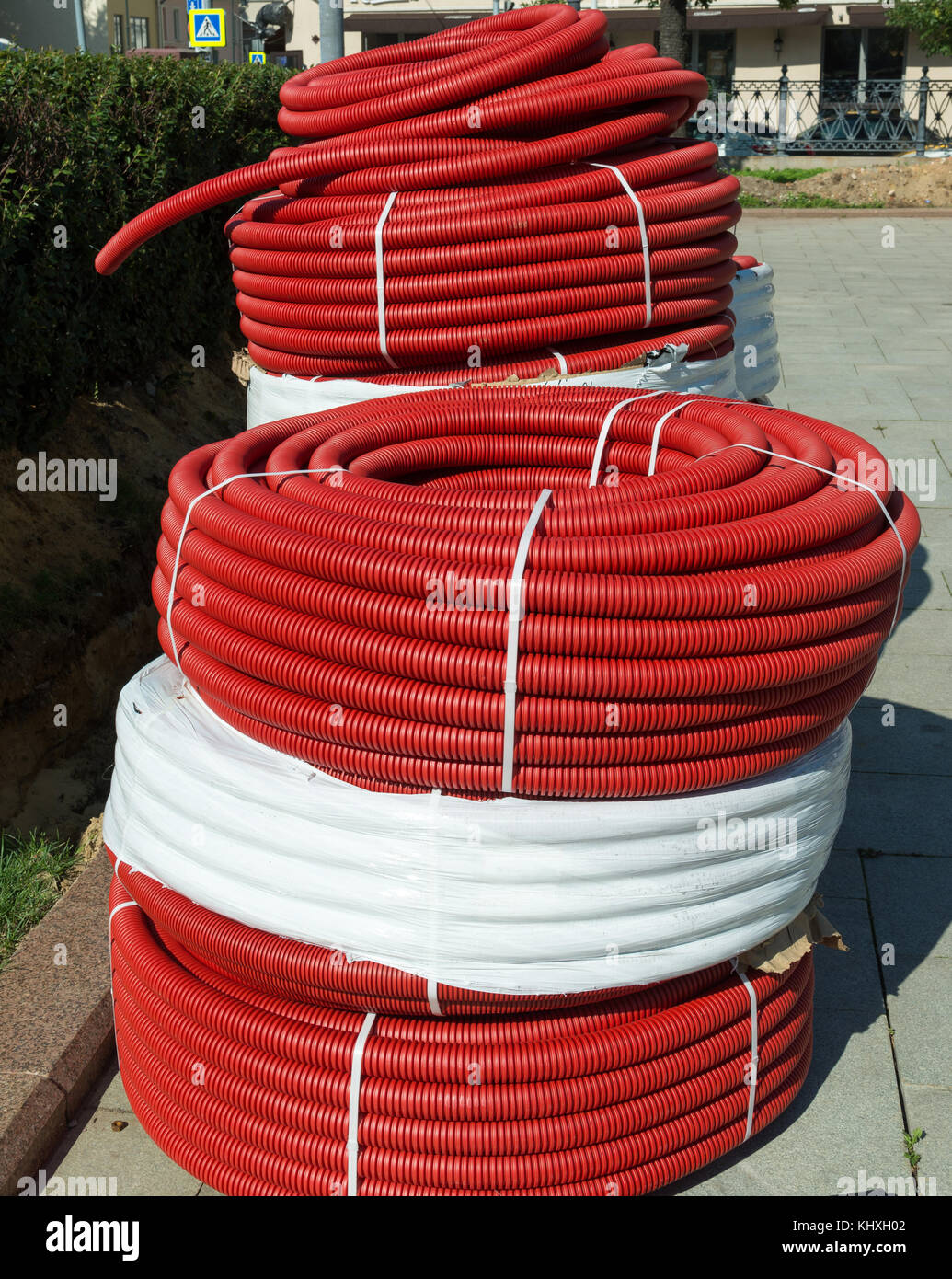


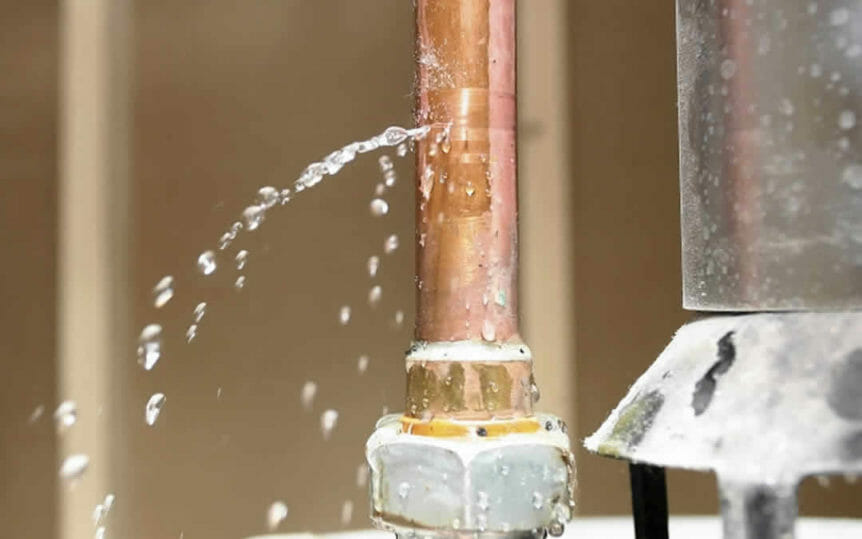

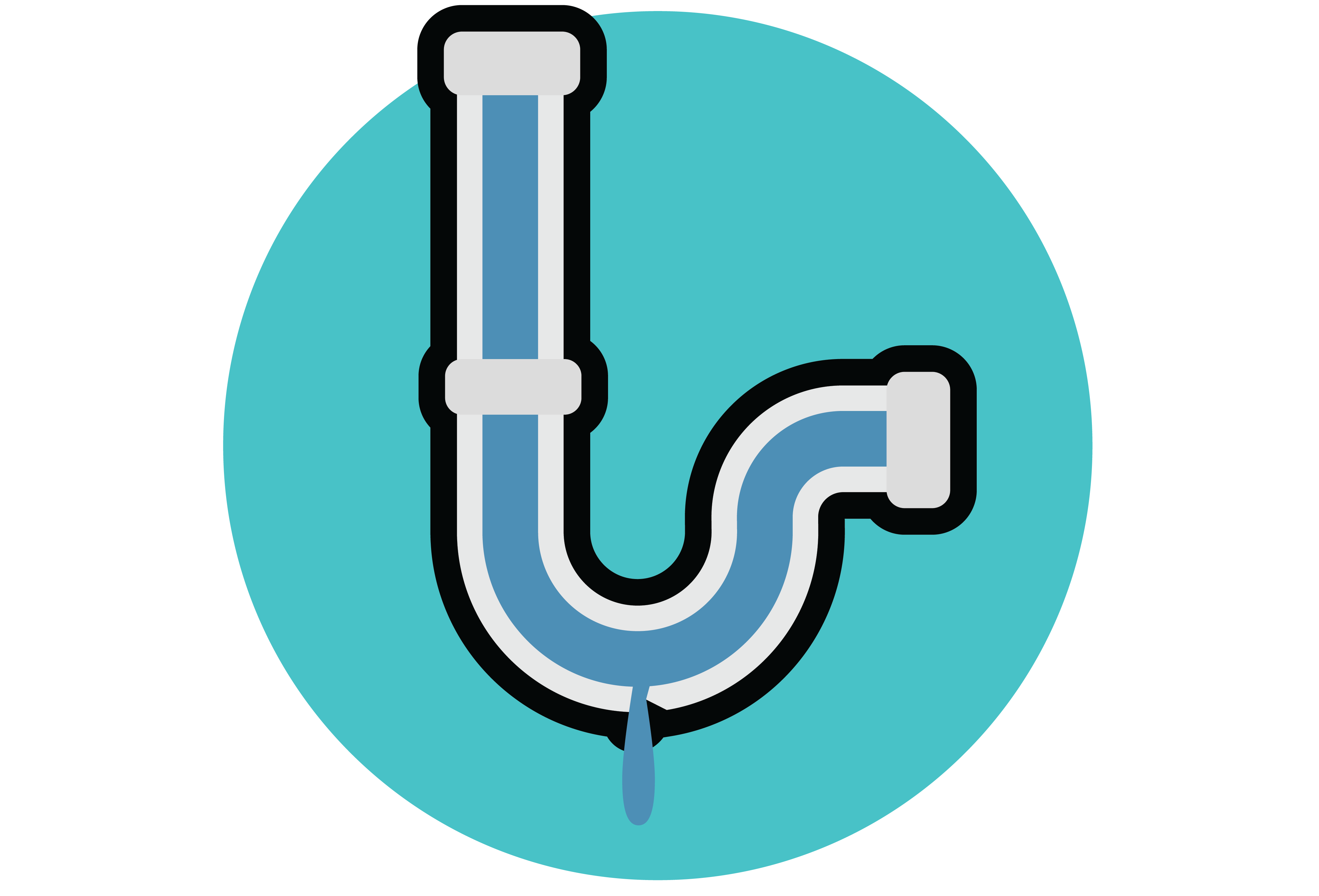
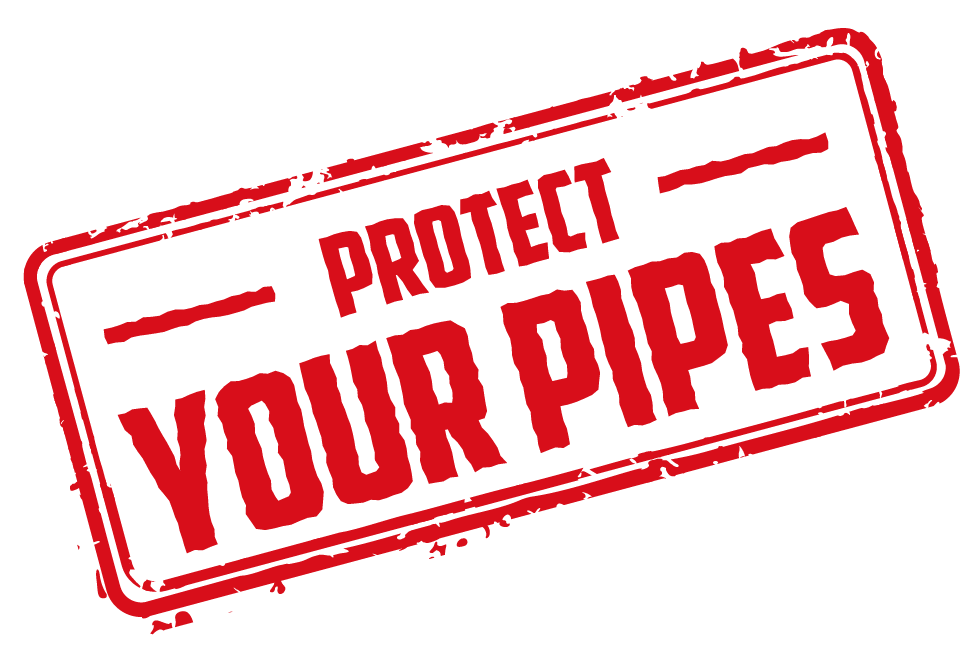
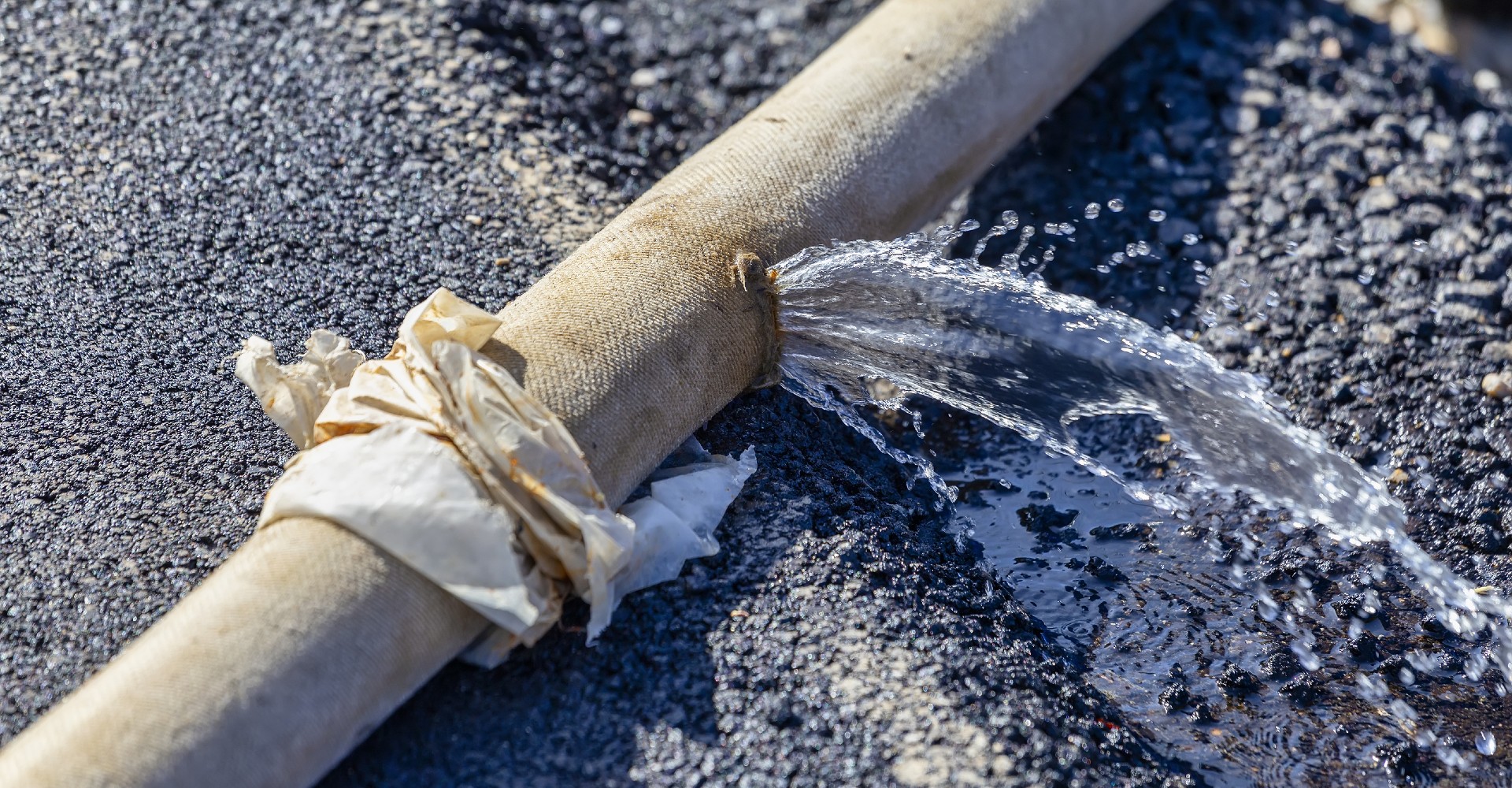
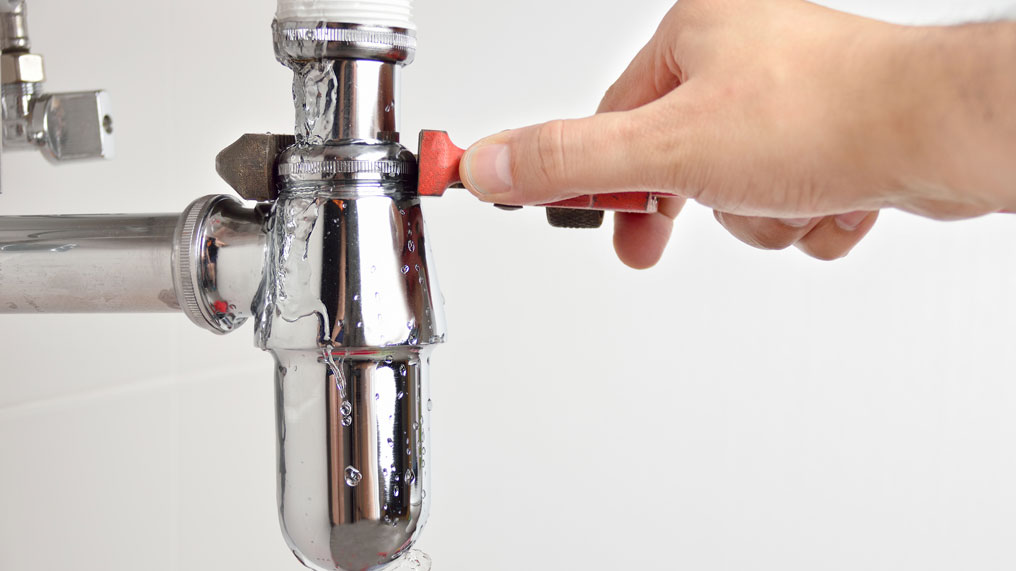
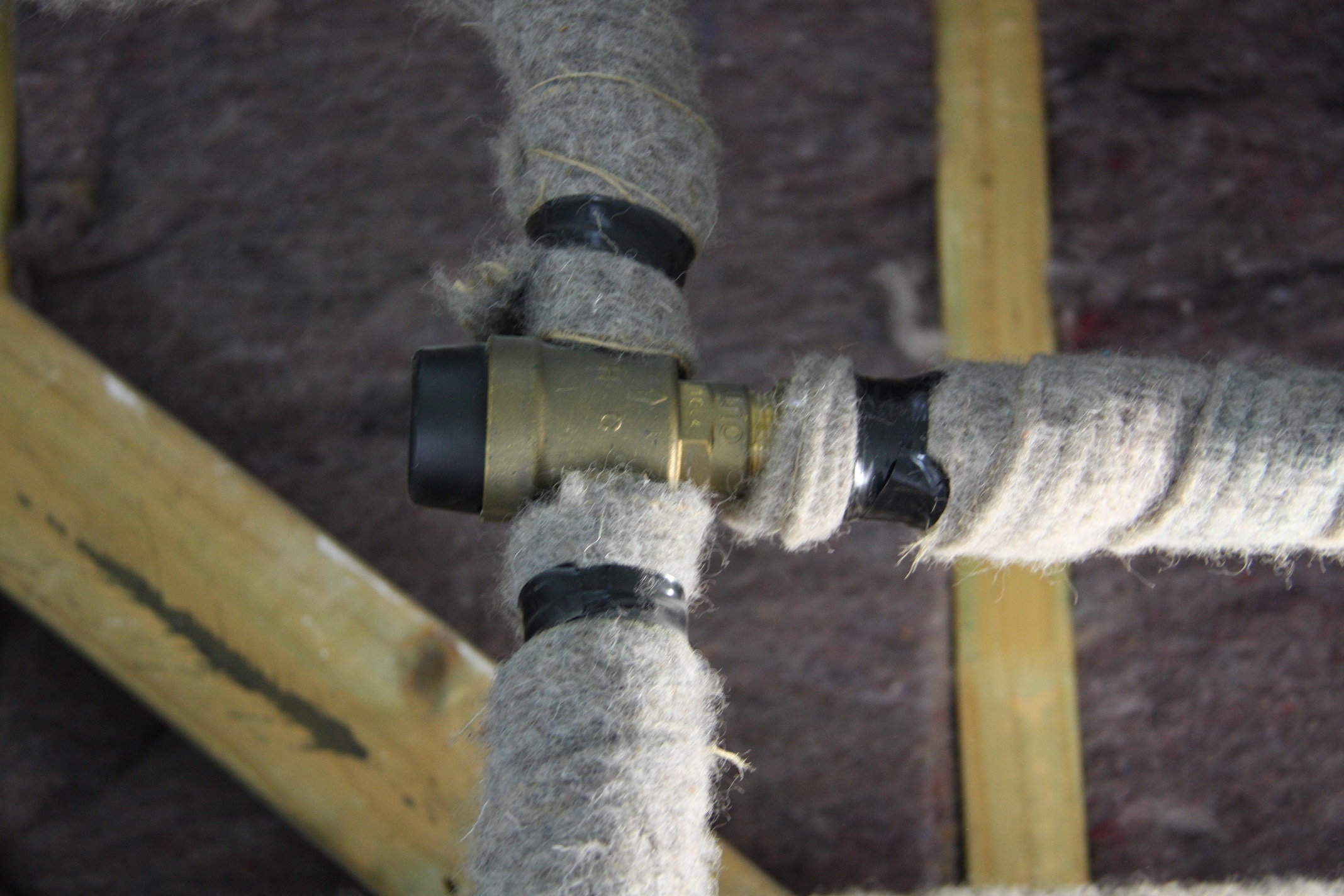
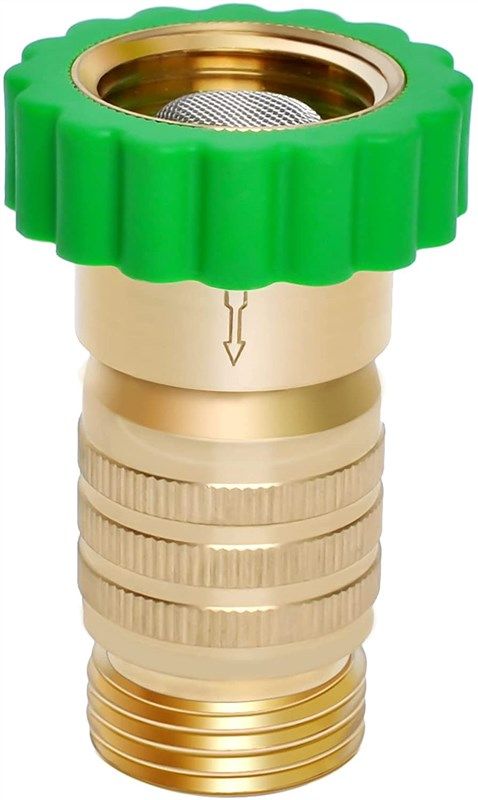




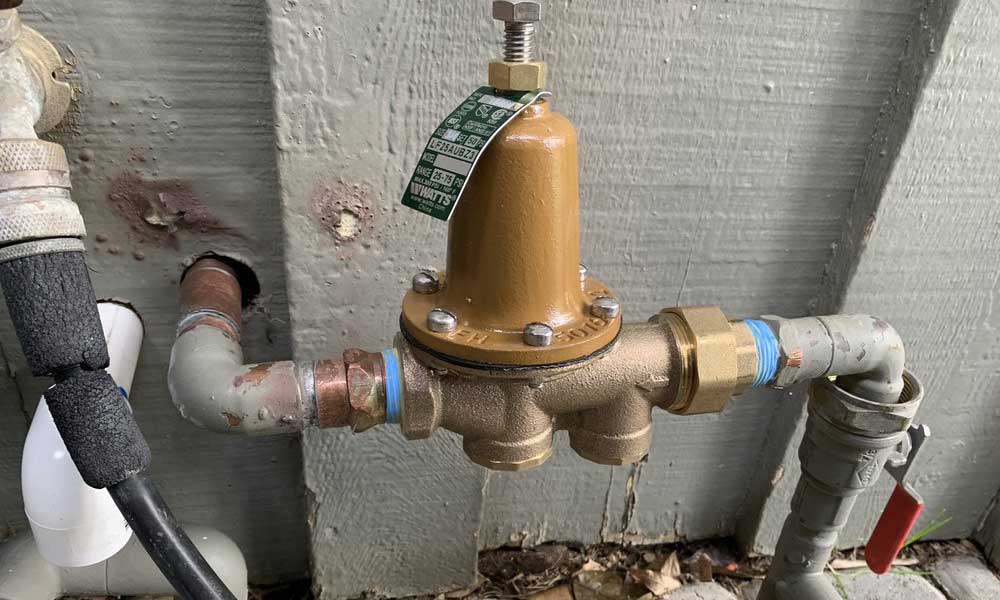





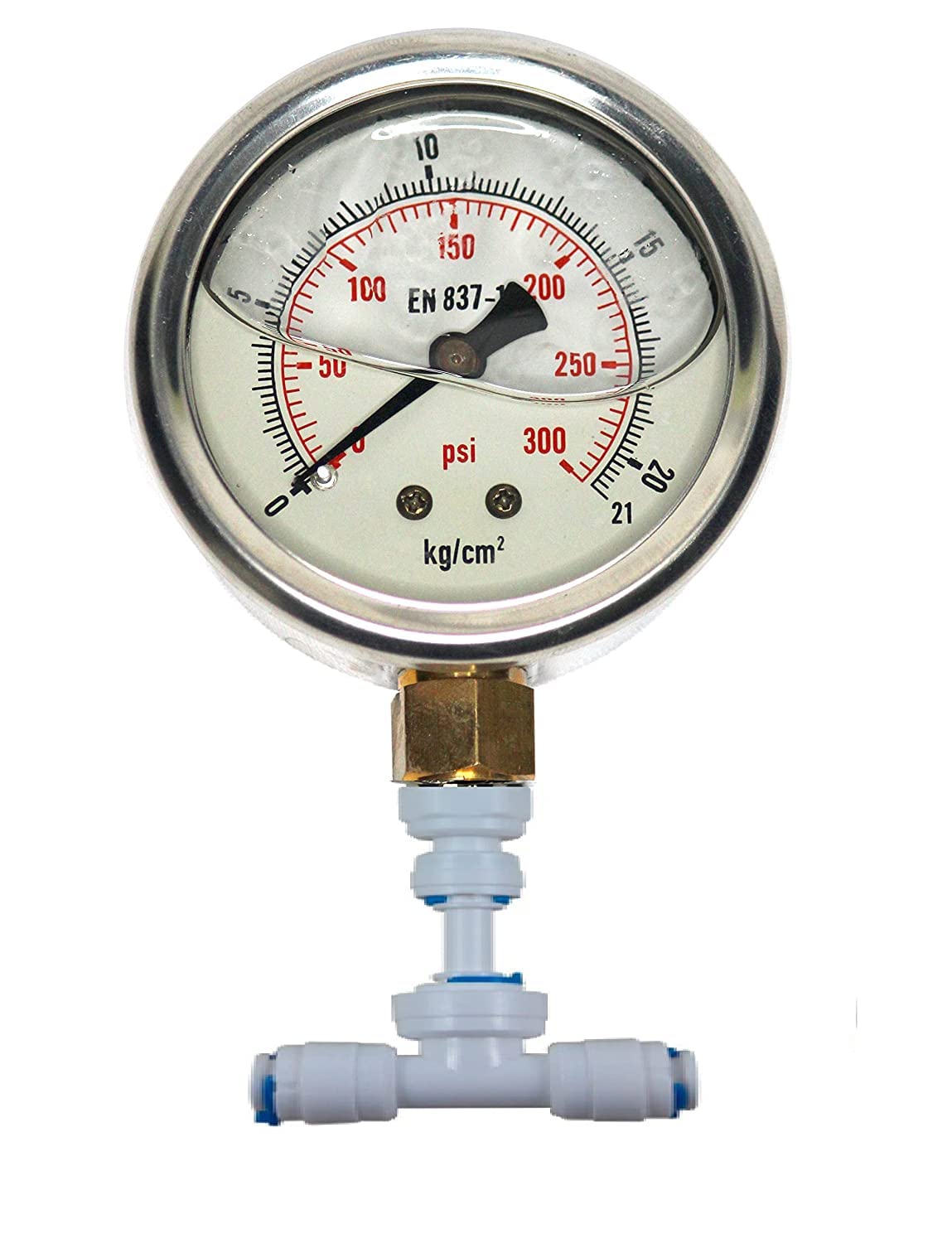


:max_bytes(150000):strip_icc()/the-men-s-hand-opens-the-ball-valve-on-the-collector-1006810456-5c5fc73fc9e77c000159c4af.jpg)




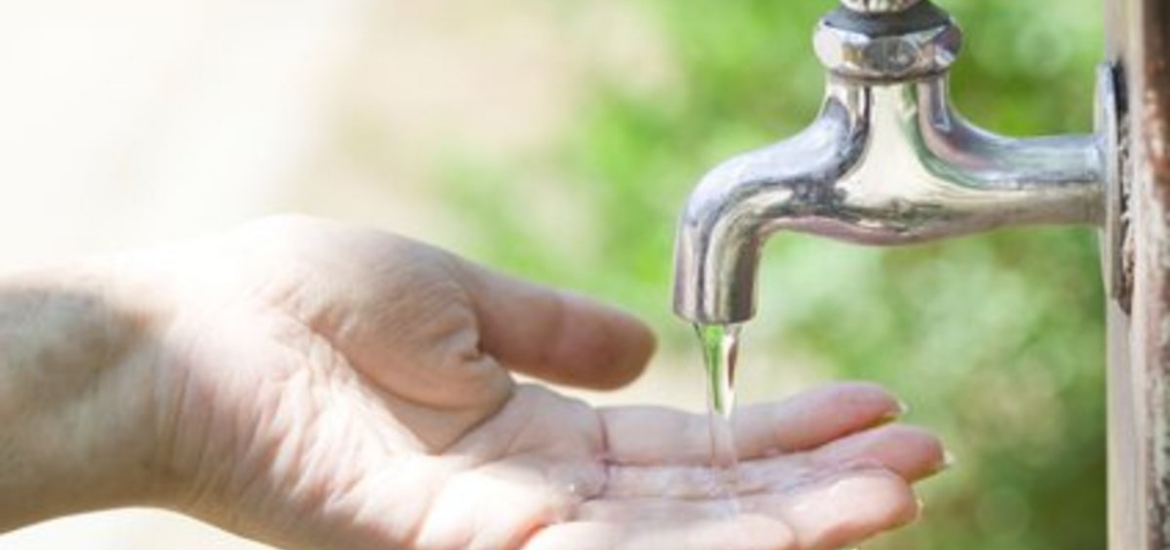
:max_bytes(150000):strip_icc()/testing-water-pressure-in-your-home-2718692-04-c37ab3236d0d4b61b87079ebf9ef823e-c1e1ef0104fb44778a287bd9bb5ec140.jpeg)

